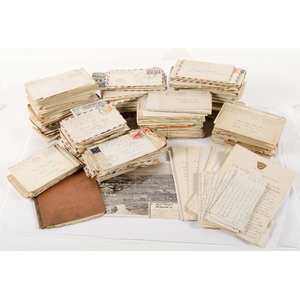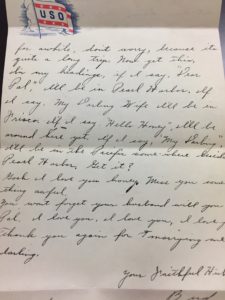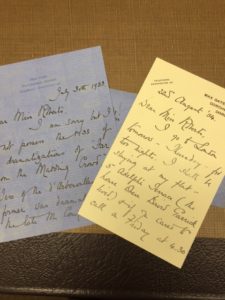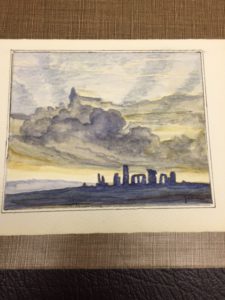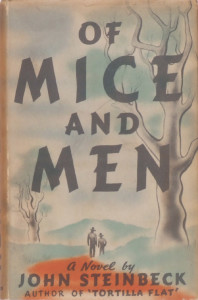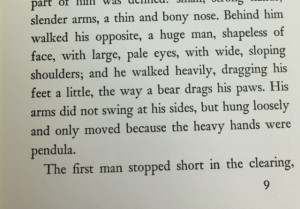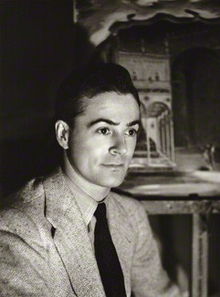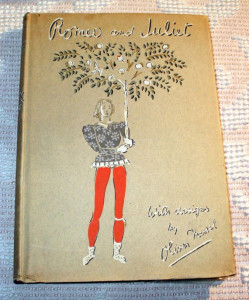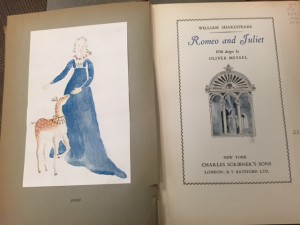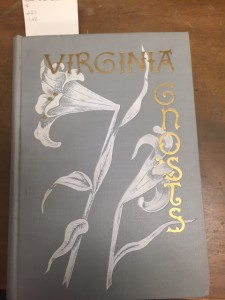(Note: This post was authored by Taylor McNeilly, Processing & Reference Archivist.) One of the types of materials that many archival collections have in common is correspondence. This can also be one of the most interesting things to process, depending on how prolific the donor’s friends were and what they talk about. In the case of Rev. Walker and his wife, their correspondence is incredible to work with.
For instance, take the manuscript of a play hand typed by Langston Hughes that was sent to the Walkers. This is a real piece of history, from one major 20th century figure to another. Hughes, if you are unfamiliar, is a very well known poet — you can find more on him on Wikipedia and elsewhere (or here). What makes this 1963 manuscript, entitled Jerico Jim Crow Jerico, particularly interesting is how Hughes uses black gospel music as a main pillar within the work, and the connection that creates with Rev. Walker’s own work. (If you will recall, Rev. Walker is an eminent expert on the black gospel musical tradition, with several published works on the topic.) While I have not uncovered further details of any relationship between Hughes and Rev. Walker, it might prove to be a strong topic for further research.
The Langston Hughes manuscript is hardly the only correspondence of interest in the Dr. and Mrs. Wyatt T. Walker Collection. Other items of particular note include several cards from Martin Luther King, Jr. and Coretta Scott King, including a holiday card from Coretta dated 1970, two years after his assassination. There is correspondence from other major figures, including a dinner invitation for Desmond Tutu.
Rev. Walker is well known both for his anti-apartheid work in South Africa and his expertise on the black gospel tradition. Another, perhaps lesser known aspect of the man was his interest and skill in photography. This is highlighted in another item within Rev. Walker’s donated personal papers, a guestbook from an art exhibition of his photography in 1977 entitled “African Journal.” This helps provide a link between Walker and the community of which he was a part from a different perspective than his more well-known aspects. Luckily for us, the collection also includes plenty of slides to help showcase this different side.
There are a lot more interesting pieces I’ve found in the correspondence and personal papers, and some of them will be posted on the library’s Facebook, Twitter, and Instagram feeds — make sure to check those out! I’ll also keep updating the blog on a weekly basis as I continue preparing the collection for public use and research, so keep an eye on this space for next week’s post.


